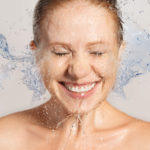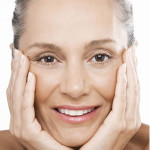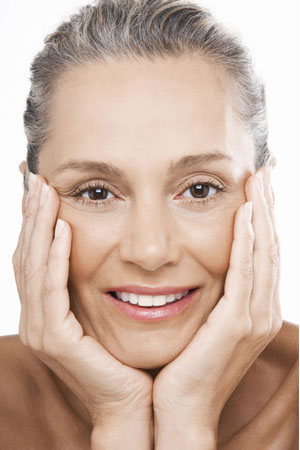I know it’s repetitive and I know cleansing your skin twice a day can be a bore, but it really is the most important part of your skincare routine. You can spend as much money as you want on fancy creams and serums, but if you don’t get the cleansing bit right…you’re wasting your money people. It’s quite simple really; unless you get rid of the daily (and nightly) build up of dead skin cells, your other products are basically just going to sit on the skin doing not a lot. Let me talk you through the steps of the perfect cleansing routine to get rid of the day and prep your skin for the products that come next.
Side note: You should always opt for a double cleanse at night. The first cleanse will rid you of the make up, leaving the second cleanse to do its job of cleansing your skin.
Step 1. Massage your cleanser of choice into dry skin. (If your cleanser of choice is soap and water though…just no.) It’s so tempting to use our cleansers in the shower after we’ve wet our face and body, but trust me on this one. The water in our showers is too hot for the delicate skin on our face.
Step 2. The massage side of this is really important. Make small circular movements, starting at your chin and working up to the cheeks to the eye area. Then shift along your jaw-line towards your ears to the cheeks and cheekbones. Then the same on your forehead. Make sure when you reach the eye area to sweep your fingers more gently in a circular but outwards motion. You can continue this for as long as you have time for. The longer you massage for, the happier your skin will be.
Step 3. Once you’ve finished your massage take a hot, wet flannel (or muslin cloth). Firstly press onto your face to remove the first part of your cleanser. Rinse the cloth under hot water, then you can be a bit more forceful as you swipe away more of the cleanser. Repeat until you feel you have wiped away all your remaining cleanser.
Step 4. Rinse the cloth again and wrap part of it around your index finger. Rub this in areas where makeup and dry/dead skin cells tend to build up (i.e. the crease around the nose, the sides of your face, under the chin.
Step 5. Repeat steps 1-4 as your ‘second cleanse’
Step 6. As a final step, rinse your flannel in cool water and press it over your entire face. This will help calm and relax the skin before you carry on your routine.
This routine will have your cleanser working harder than ever before to ensure that your skin is beautifully clean. Our top cleansers of choice are listed here: https://www.thesalonlook.com/skin-care/cleansers.html
xoxo







